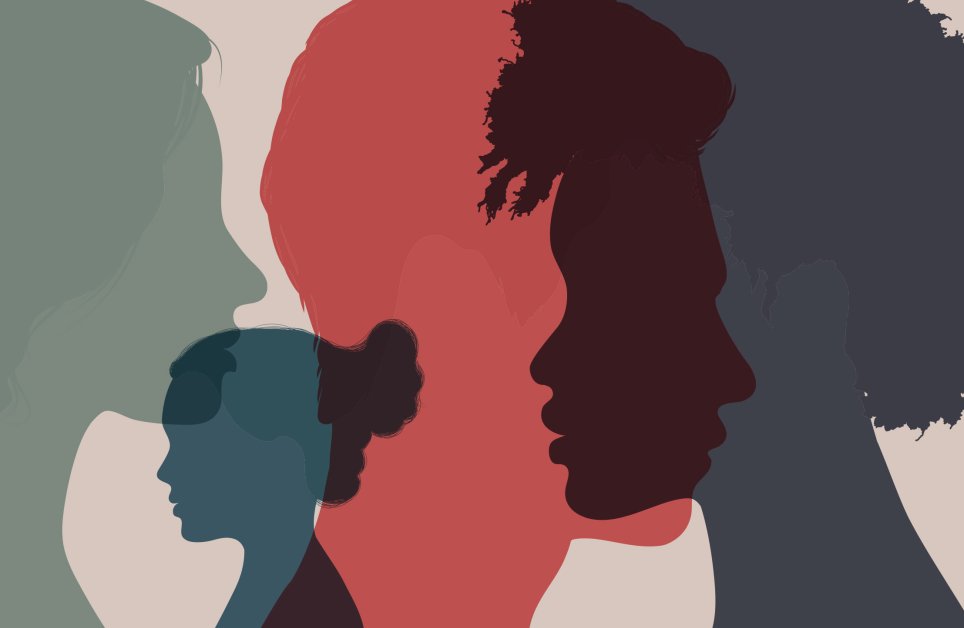
The Power of Procrastination
Can procrastination be good?
For as long as I can remember, I’ve thrived in fast-paced environments. My academic and professional career included completing two majors and two concentrations simultaneously while managing design for a daily newspaper. But nothing has been quite as fast-paced as my current role leading and overseeing creative advertising for leading global brands in entertainment, lifestyle and culture.
Because things move so quickly in our industry, tasks tend to pile up. It’s natural to want to complete them as soon as possible, to check them off your list and move on to the next thing.
A study by organizational psychologist Adam Grant, however, shows it’s not necessarily best to tackle challenges immediately - nor does it pay to wait until the last minute. Instead, the best route is somewhere in the middle. It gives you time to process and understand the task at hand, while also ensuring you have enough time to complete it.
In my experience, this is especially true with regards to:
The Creative Process
Taking a moment before attempting to solve a creative challenge offers a couple of benefits.
Sensory Deprivation
A Grammy(R)-winning composer (and good friend of mine) once told me she comes up with her best and most unexpected melodies when she isn’t doing anything at all. She blocks off time in her day to sit, drink tea, and allow inspiration to come to her.
While I find that sort of thing excruciatingly boring, I relate because I often push myself to get up from my desk and take a walk around the block before an important meeting, presentation, or brainstorm. It’s my own way of creating a separation from what I was working on immediately before, whether a creative performance report or a video shoot planning meeting. It lets me approach the next challenge with a fresh mind, not tied down to whatever preconceived ideas or feelings may have been occupying my brain.
Sensory Stimulation
In contrast, holding a beat before jumping into a creative challenge can allow you the room to stimulate and prepare your brain for the task. My team starts almost every creative exploration with a competitive analysis to understand what we’re up against and identify ways to make our clients stand out. The live entertainment market in Las Vegas, for example, is so saturated you really need to survey the competitive landscape to determine how to differentiate your show and align with trends.
We gather insights, data, and research on how our target audience thinks, how they behave, and what they care about. We use this qualitative and quantitative data to discover ways to engage them in a meaningful way. We recently conducted a focus group to gauge the reaction of young kids in the US to a UK show that was gearing up to launch here.
If the product we’re marketing is new, or we’re unfamiliar with it, we take the time to experience it and find a passion for it on a personal level. This lets us describe and promote it genuinely and authentically. We did this recently with a new attraction concept we’re helping expand into multiple markets.
2CREATIVE GLOBAL MARKETING services a diverse client base, which means our creative team benefits from experience with a range of entertainment, lifestyle and culture brands and products from around the world. They use the knowledge they acquire to apply learnings and ideas that drive unexpected strategies and let our campaigns break through the clutter in a crowded marketplace. For a recent exhibition client, we took an approach more akin to an ecommerce brand, with versions of key art targeted to discrete audience groups based on their expressed interests, giving each a personal reason to take an interest in the experience.
In Summary
One of the things I love most about advertising is that it's never boring. The pace of our industry means that you’re always moving quickly. The good news is that if you remember to pause, breathe, and strategize, you'll find yourself ideally positioned to meet your next creative challenge.


